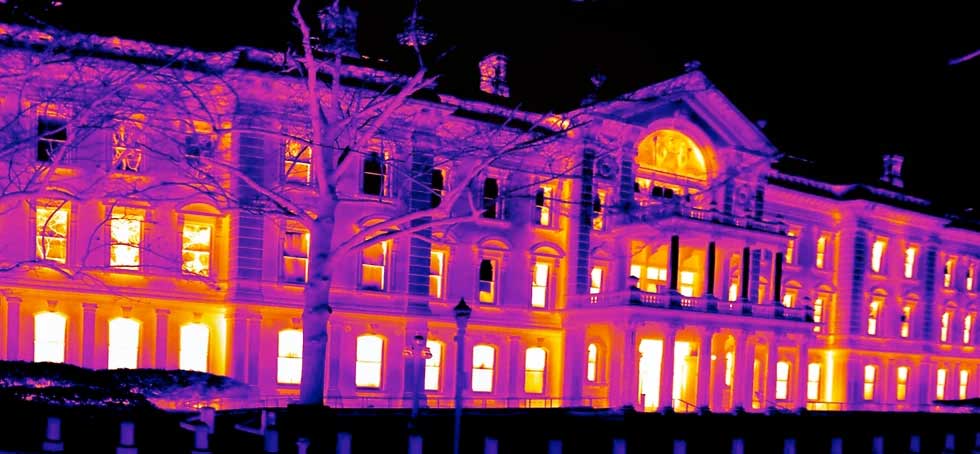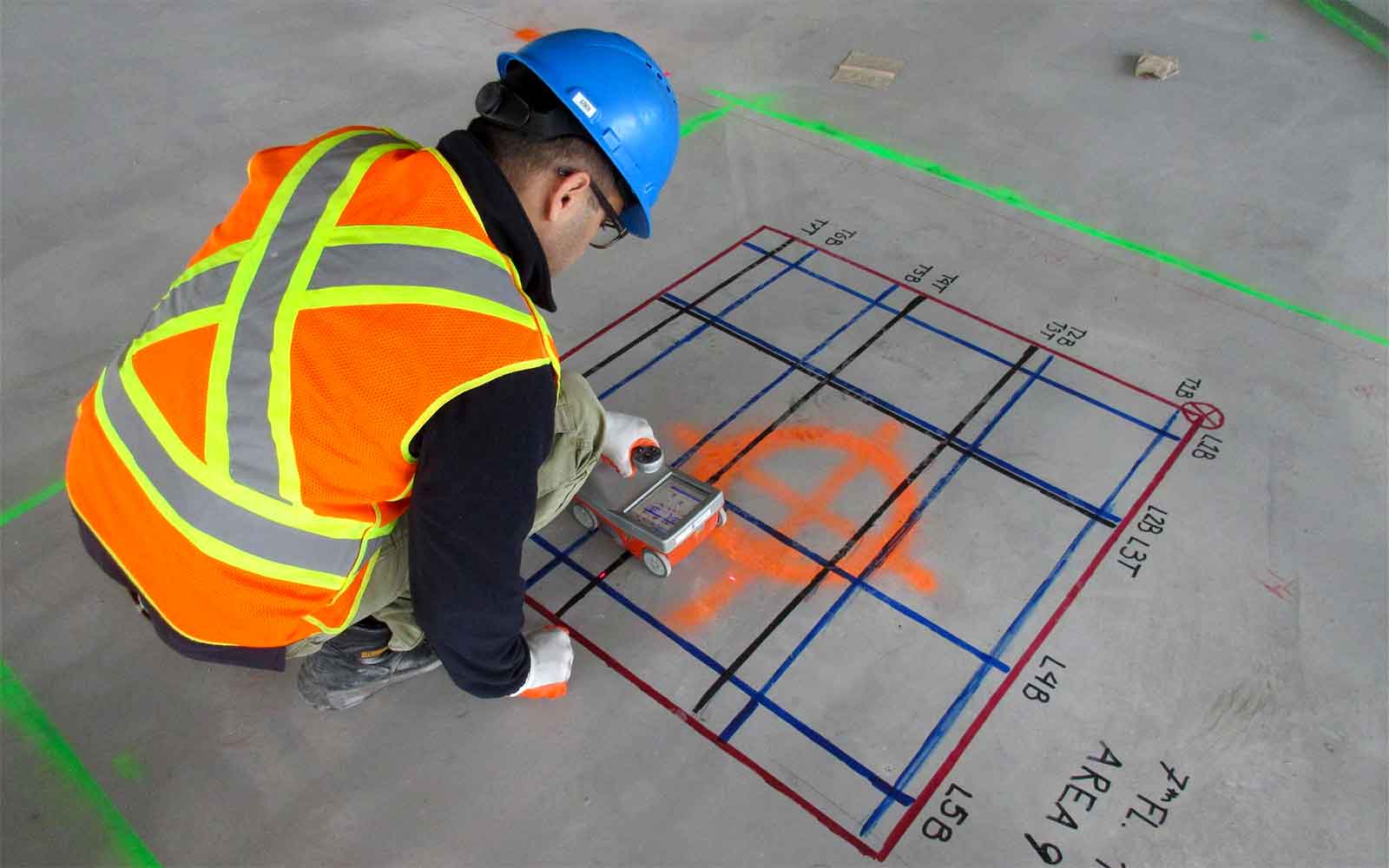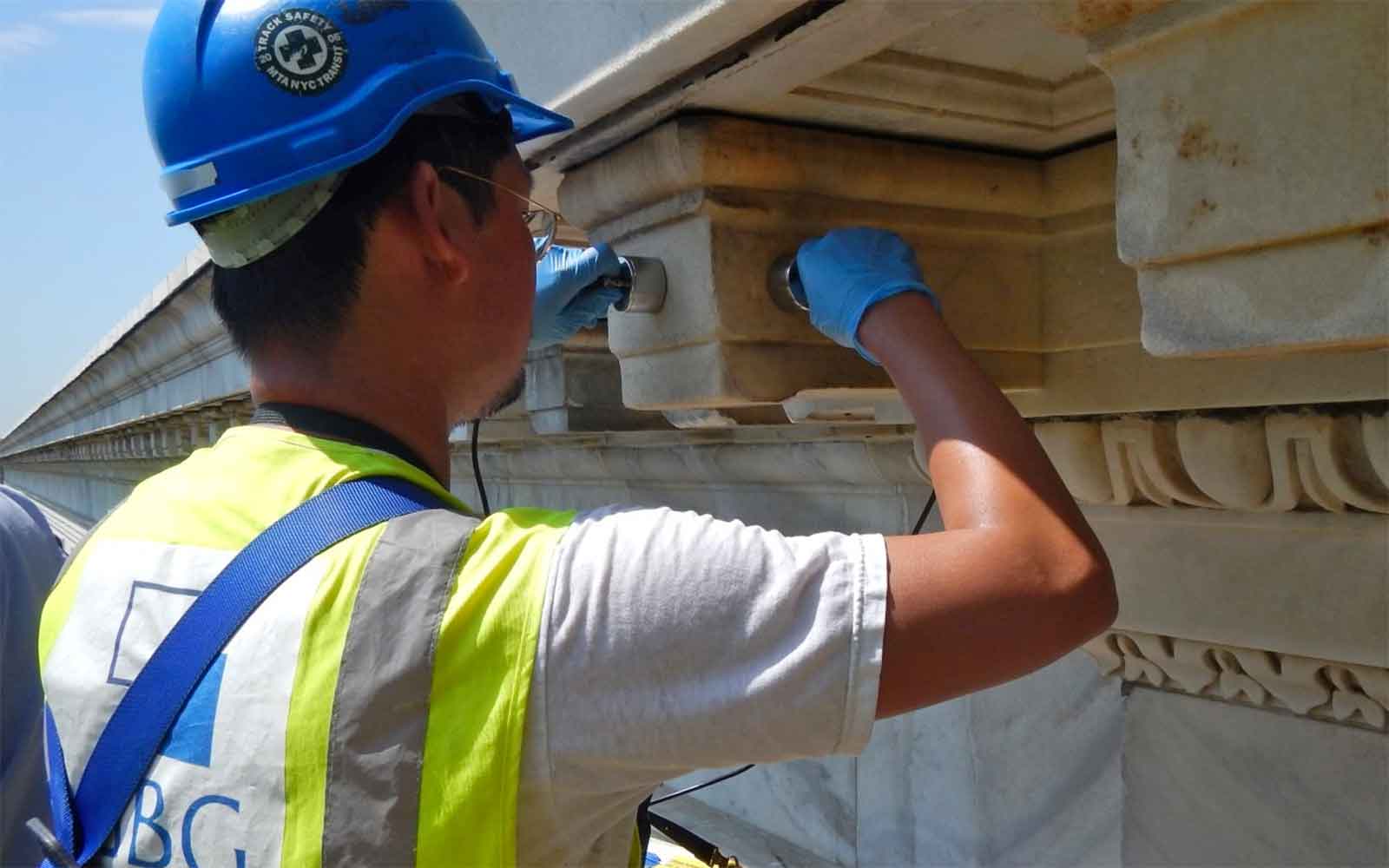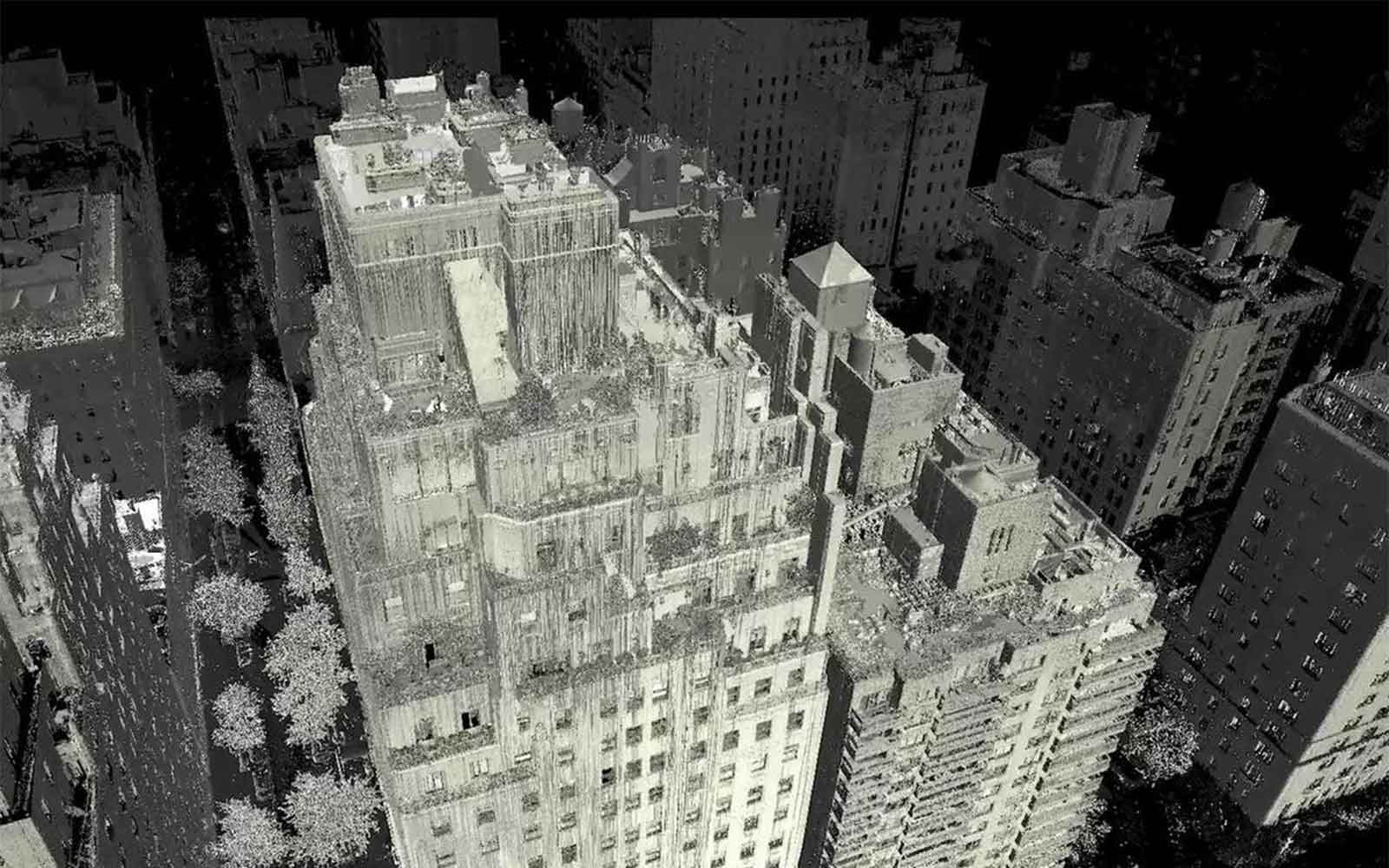Water Infiltration Services
Water-penetration testing of the building envelope can help to identify moisture paths through material, specification or construction deficiencies.

Water Infiltration
GBG combines various NDE techniques to identify paths of moisture and building deficiencies in the least destructive manner possible. These NDE techniques include RILEM tests, moisture meters, and EC. Most commonly, infrared thermography is combined with targeted spray tests, which minimizes the amount of water and dampness needed to identify a water path. The thermal output of the various surfaces is recorded in high-resolution, still, thermographic images. Water infiltration through a wall or roof tends to cool down the surrounding masonry/concrete sad/ plaster and evaporation leads to further heat loss. Moisture can, therefore, be tracked as cooler thermal responses in a thermal image.
Methods include:
Spray Testing
Spray Testing is an investigative tool to identify the source, route, and extent of any moisture infiltration through the roof and walls. This approach minimizes the amount of water and dampness needed to identify a water path.
Infrared Thermography
Performed alongside a spray test or immediately following a heavy rain event, infrared thermography can help to identify building deficiencies, including moisture paths, cracks, and inefficient insulation.
Featured Work
GBG investigates a wide range of structures from historically significant buildings to small private residences.






